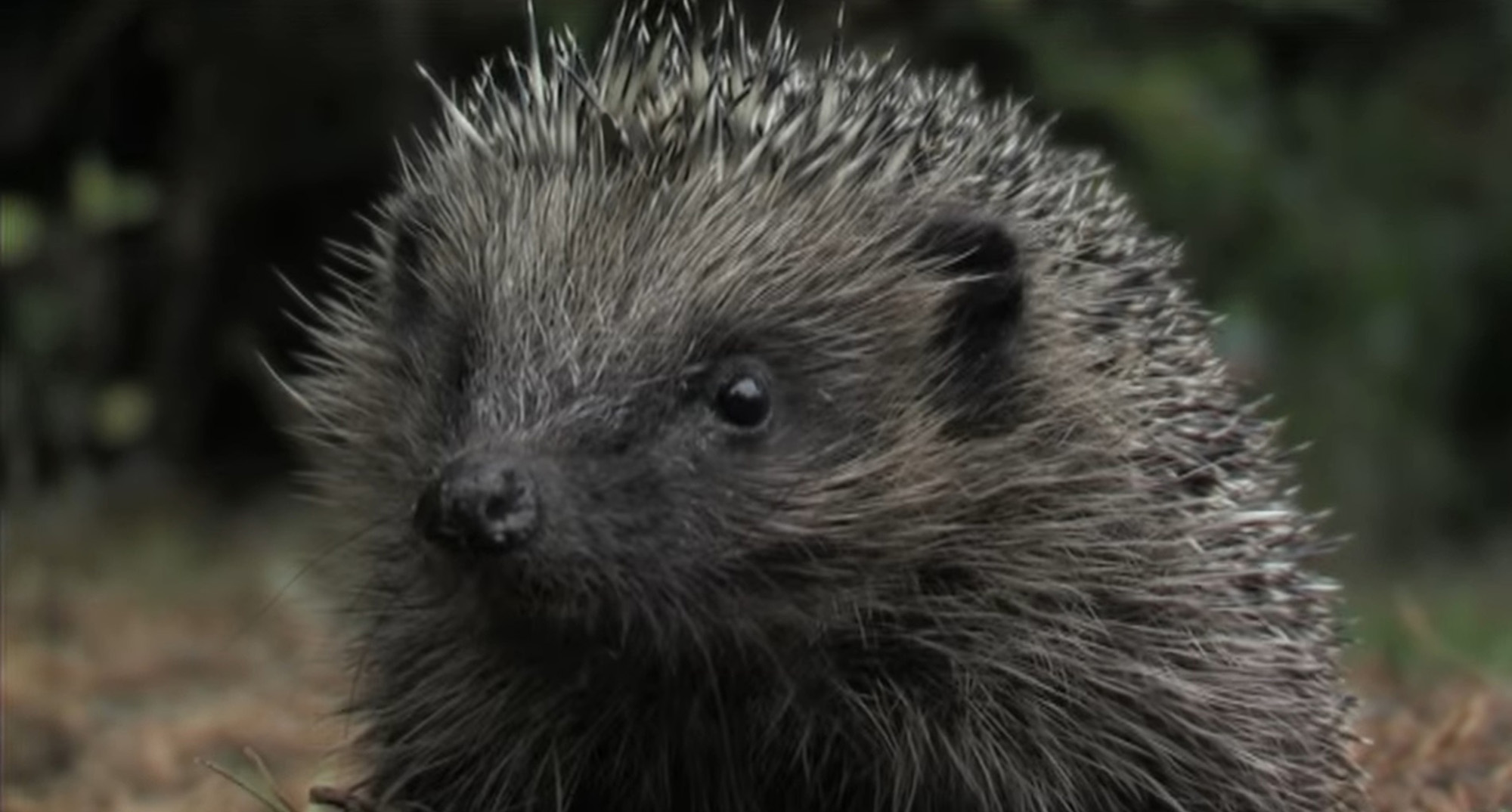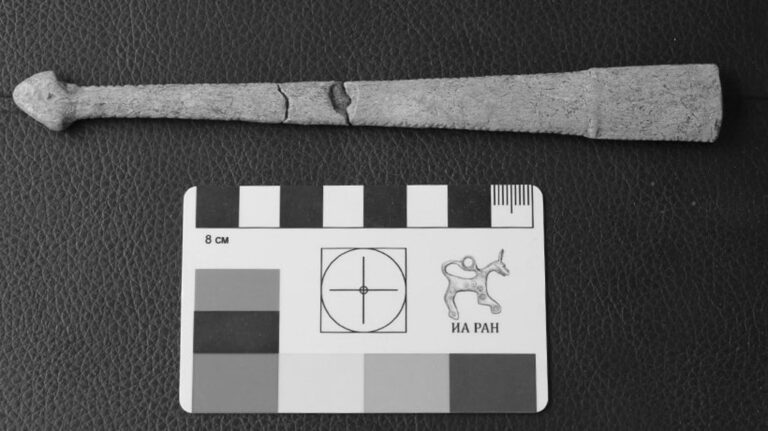A new study that involved an expert from the University of Cambridge has uncovered that hedgehogs harboured antibiotic-resistant bacteria – widely regarded these days as ‘hospital germs’ – 100 years before humans discovered antibiotics.
The groundbreaking study has determined that antibiotic resistance is not just a modern phenomenon that can exclusively be attributed to the clinical use of antibiotics in human medicine, according to the scientists who were led by lead author Jesper Larsen from the Danish Statens Serum Institute.
Another one of the lead authors on the study was Mark Holmes, a reader in Microbial Genomics and Veterinary Medicine at the University of Cambridge in the United Kingdom. The study also involved veterinary bacteriologist Vincent Perreten from the University of Bern in Switzerland.
The study determined that resistance to the antibiotic methicillin might have first developed in hedgehogs and that bacteria and a fungi that secretes antibiotics fight each other on the skin of the animals, which is why a gene – dubbed mecC – developed in the bacteria that makes the antimicrobial weapon ineffective.

Methicillin-resistant Staphylococcus aureus – MRSA for short – are among the most common antibiotic-resistant bacterial pathogens, and the World Health Organisation (WHO) considers resistance to these germs to be a major threat to human health.
Hospitals in particular struggle with outbreaks of bacteria that are resistant to antibiotics because common antibiotics cannot do anything against them.
The study involved an international research team of scientists analysing over 1,000 MRSA samples taken from hedgehogs, humans and various animals found on farms and in the wild.
Until now, dairy cows were considered the most likely source of mecC-MRSA strains, as this is where they had been detected the first time. But this new study shows that most of the strains actually come from hedgehogs.
It is believed that dairy cows and other domesticated animals instead acted as intermediate hosts in the zoonotic transmission of these resistances from hedgehogs to humans, according to the researchers.
Zoonosis is when an infectious disease jumps from a nonhuman animal to humans. This is currently one of the primary theories regarding the origin of COVID-19, for example.
The scientists believe that this antibiotic resistance developed in hedgehogs because both Staphylococcus aureus and the fungus called Trichophyton erinacei live on their skin.

This fungus secretes antibiotics, and the bacteria appears to have developed a resistance to this threat as a defence mechanism.
Holmes said: “There is a very large reservoir in the animal world in which antibiotic-resistant bacteria can survive – and from there it is only a small step until they are ingested by farm animals and then infect humans.”
The study was published in the academic magazine Nature on Wednesday (5th January).
To find out more about the author, editor or agency that supplied this story – please click below.
Story By: Joseph Golder, Sub-Editor: William McGee, Agency: Newsflash
The Ananova page is created by and dedicated to professional, independent freelance journalists. It is a place for us to showcase our work. When our news is sold to our media partners, we will include the link here.




